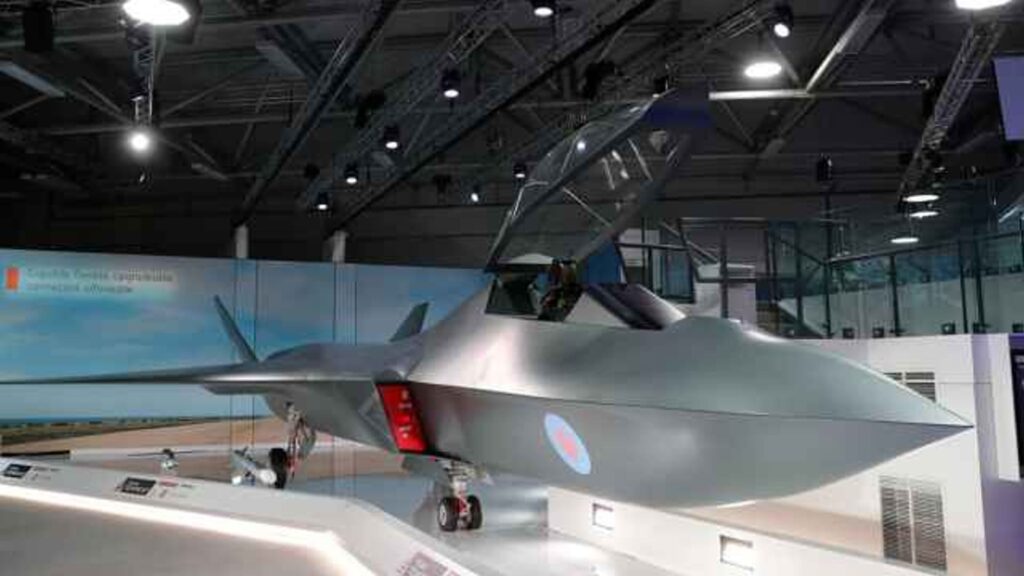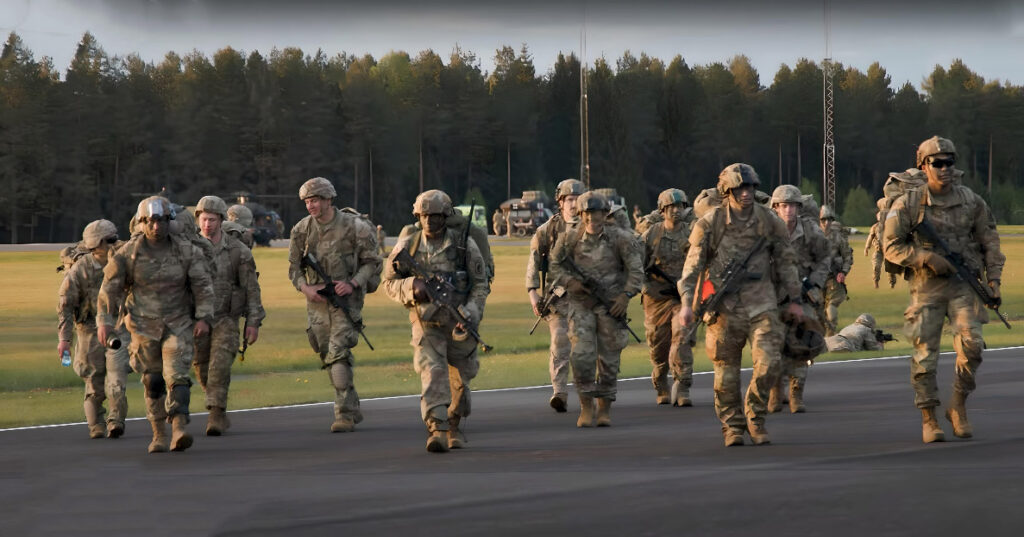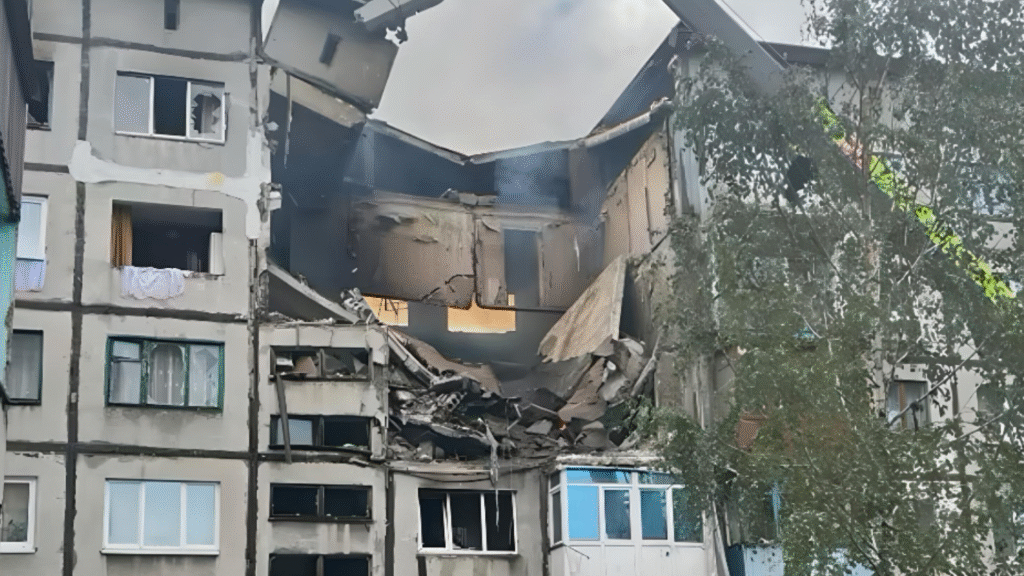July 19, 2025 — Amid rising global tensions and increasingly complex geopolitical challenges, three major industrial powers— the United Kingdom, Japan, and Italy—have officially confirmed a new phase of cooperation in developing the sixth-generation fighter jet named Tempest. The project, part of the Global Combat Air Programme (GCAP), is not merely a technological endeavor but a strategic step toward multi-layered adaptation to future threats.
The development of Tempest responds to intensifying competition in high-tech weaponry. The growing use of electronic warfare systems, hypersonic missiles, and autonomous platforms by major military players demands flexible and highly mobile solutions from allies. This is the goal of the Team Tempest consortium, comprising BAE Systems, Rolls-Royce, Leonardo, and MBDA.
What sets Tempest apart is not only its aerodynamic performance and cutting-edge stealth technologies but also the integration of advanced digital solutions, including artificial intelligence capable of acting as a co-pilot. An interactive cockpit and a next-generation radar that processes data 10,000 times faster than existing systems make Tempest not just a combat unit but a multifunctional platform for the future.
A key objective of the program is to achieve operational superiority in scenarios where conflicts may erupt suddenly and take the form of multi-front confrontations. According to military analysts, the aircraft’s capabilities enable operations far beyond traditional zones of influence, with no need for frequent refueling and the ability to deliver precision strikes on pre-identified high-priority targets.
However, the project is not solely about technical superiority. GCAP carries deep political significance, symbolizing enduring trust and shared strategic priorities among nations with a common vision of a world where technological advancement serves as a deterrent rather than a tool for escalation. Investments from Japan, the UK, and Italy in the project not only drive defense industry modernization but also create jobs, enhance research collaboration, and spur innovations beyond the military sector.
BAE Systems estimates that over 600 organizations and 2,800 specialists are already involved in the project, making Tempest one of the most ambitious international defense aviation initiatives in the past decade. In July 2024, at the Farnborough Airshow, a conceptual model was unveiled to the public for the first time—a technical showcase and a political statement of readiness to meet the challenges of a new era.
Competition with alternative initiatives, such as the FCAS led by France, Germany, and Spain, underscores the rapidly evolving nature of the global balance of power in military technology. Notably, Tempest’s developers prioritize compatibility with existing platforms, including the F-35, expanding tactical capabilities without requiring a complete overhaul of infrastructure.
As traditional approaches to security become outdated, Tempest emerges as a symbol of a shift toward intelligent, flexible, and resilient solutions. It is not just an aircraft but a platform capable of transforming the very approach to warfare in the 21st century.
Against the backdrop of accelerating technological progress and growing international fragmentation, programs like GCAP serve as a critical reminder that effective defense hinges on the ability to adapt and stay ahead of the curve.



